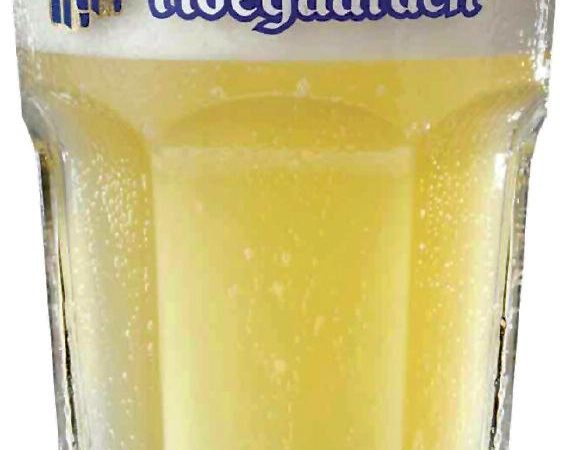The story of Belgian wheat beer is inextricably bound to the success of the most famous version of the style: Hoegaarden. It’s thanks to that beer, which takes its name from its small home town, that the style has achieved international recognition. In some countries it has acquired cult status and has encouraged brewers in North America to produce their own interpretations of the beer.
The style is rooted in the Brabant region of Belgium. It has rich soil that produces an abundance of barley, oats and wheat. Farmers, peasants and monks took the products of the fields to fashion their beers: monks were brewing in Brabant from the 15th century. The beers took on a distinctive character when traders from the Low Countries brought back spices and rare fruits on their voyages. These exotic ingredients found their way into the local cuisine and also into beer.
At a time when hops were used either sparingly or not at all in beer, such additions as coriander and orange peel not only added spicy and tart notes to beer but also countered the inherent biscuity sweetness of malt. As in England, the habit of adding herbs and spices to beer continued for several centuries after the wide-scale adoption of the hop for bitterness.
The spices also balanced the sourness of the early wheat beers, which were made by spontaneous fermentation, with wild yeasts turning malt sugars into alcohol. This style of natural fermentation survives with the lambic and gueuze beers of the Senne Valley, which are a type of wheat beer, but most versions of Belgian wheat beer are now brewed conventionally, using warm fermenting yeast cultures.
The town of Hoegaarden was at the centre of wheat beer production for centuries. At one time it had no fewer than 30 breweries, the town had its own brewers’ guild and the products were exported widely throughout the Low Countries and beyond. But, one by one, the breweries began to close in the 20th century as a result of the rise of mass marketed pilsner-type lagers and, to a lesser extent, English inspired pale ales.
In the 1960s, Pierre Celis, a milkman who had done some part-time work in Tomsin, the last wheat beer brewery in Hoegaarden, was musing over its closure with some friends in a bar when he decided to attempt to brew some beer himself. At first he brewed in some outbuildings at his home but when his beer was well received he decided to make it on a commercial scale and moved onto the site of a former farm.
He was scrupulous about using a true Brabant recipe: malted barley, unmalted wheat, oats, milled coriander seeds and Curaçao orange peel. The hops were East Kent Goldings and Saaz. The beer quickly acquired cult status among students in nearby Leuven and then spread throughout Belgium, the Netherlands, France and Britain. As a result of Hoegaarden’s popularity, several other Belgian brewers have developed their own interpretations of the style.
A word about labelling: the style is known in Belgium as white beer as a result of its colour. In French this is bière blanche, in Dutch wit bier. It is also sometimes labelled as bière de froment or tarwebier, the French and Dutch for wheat beer.
Article is from Issue 22 of Beers of the World Magazine

